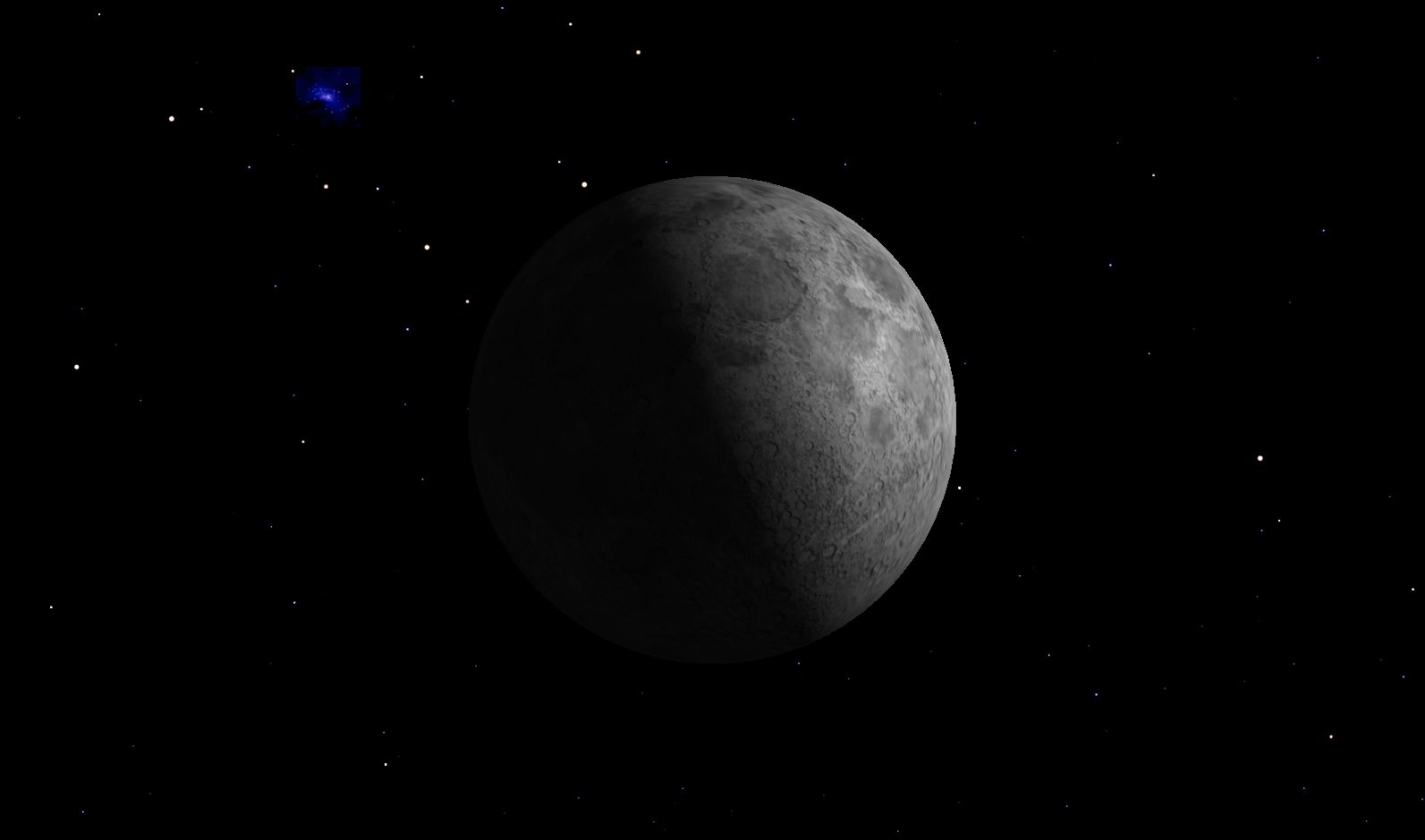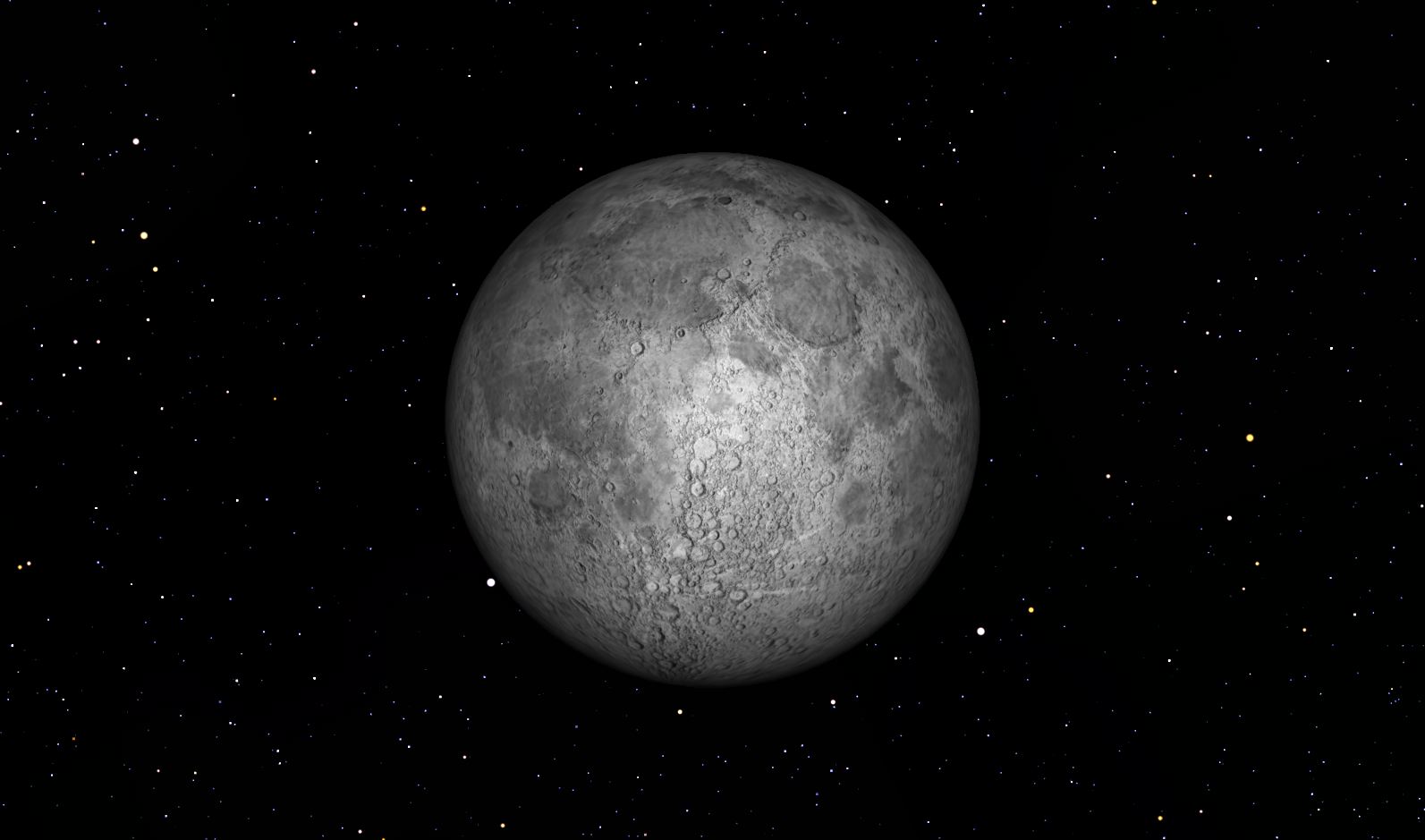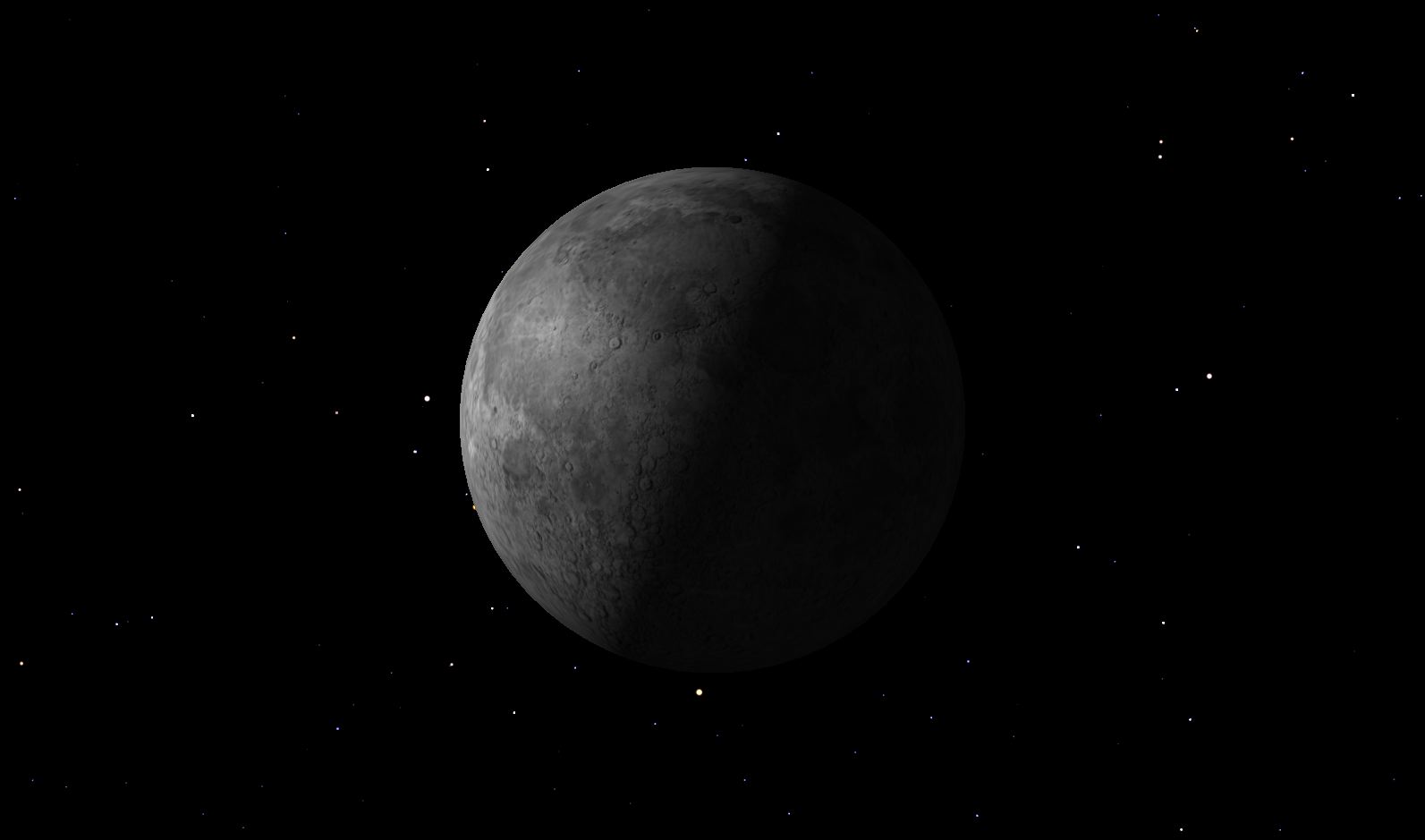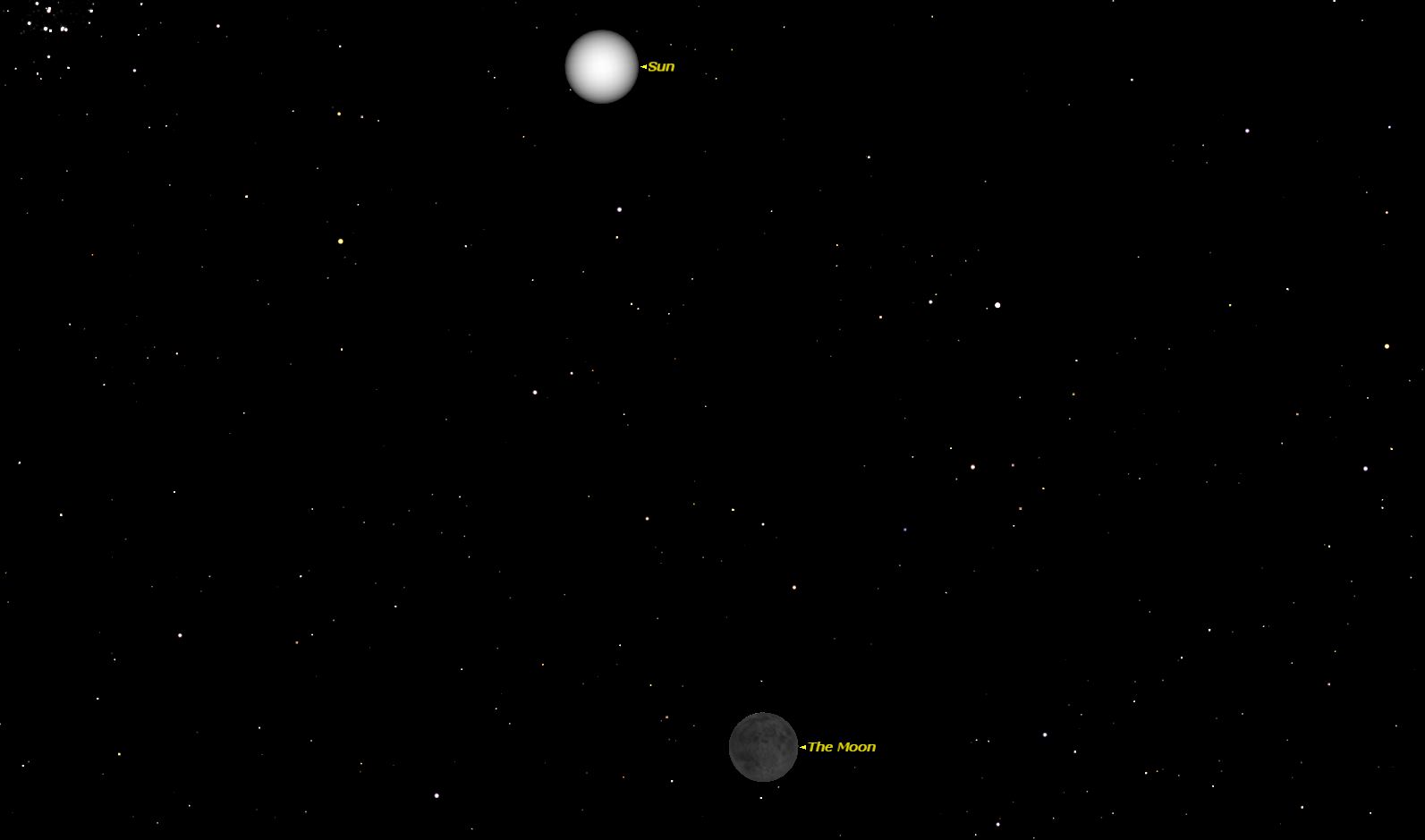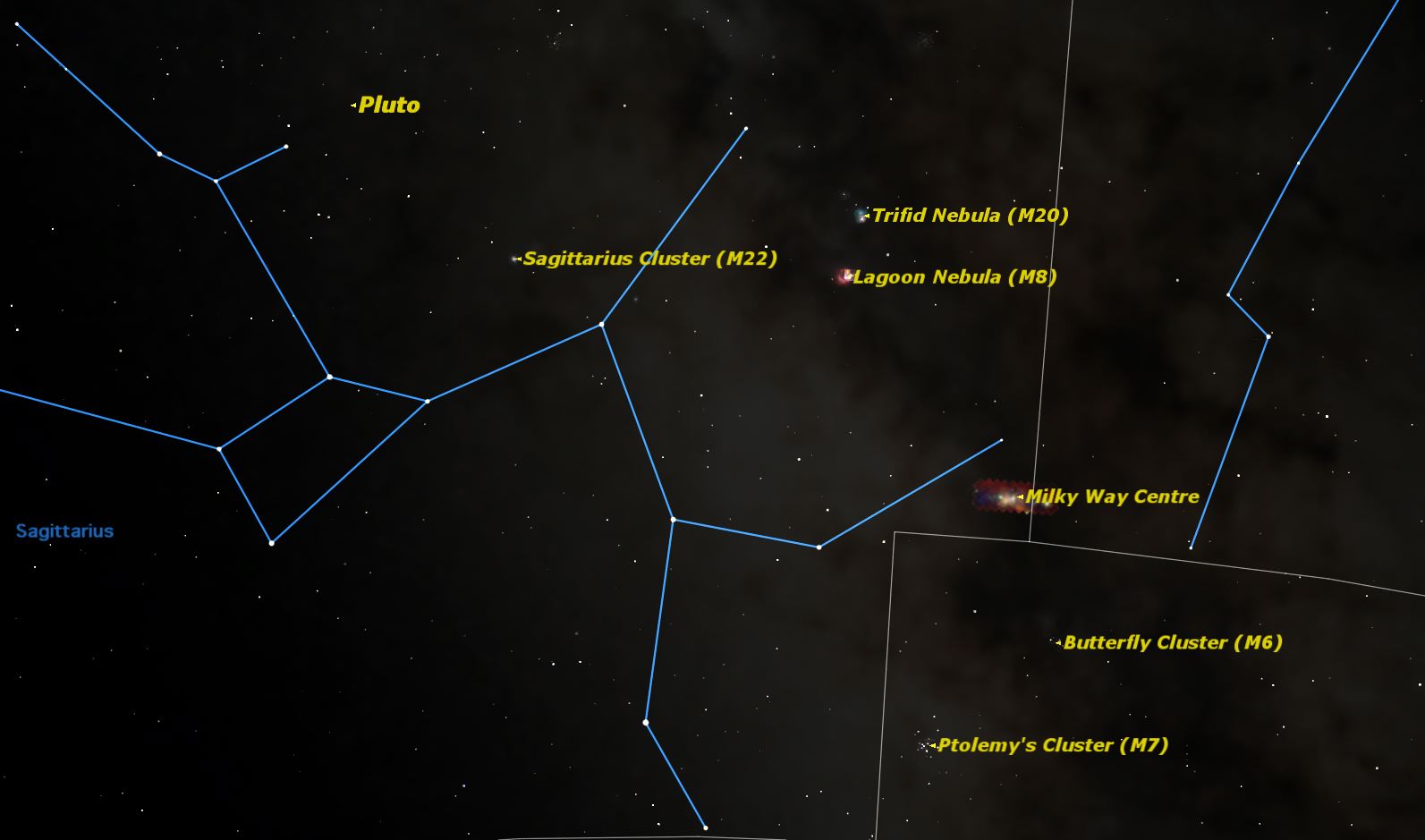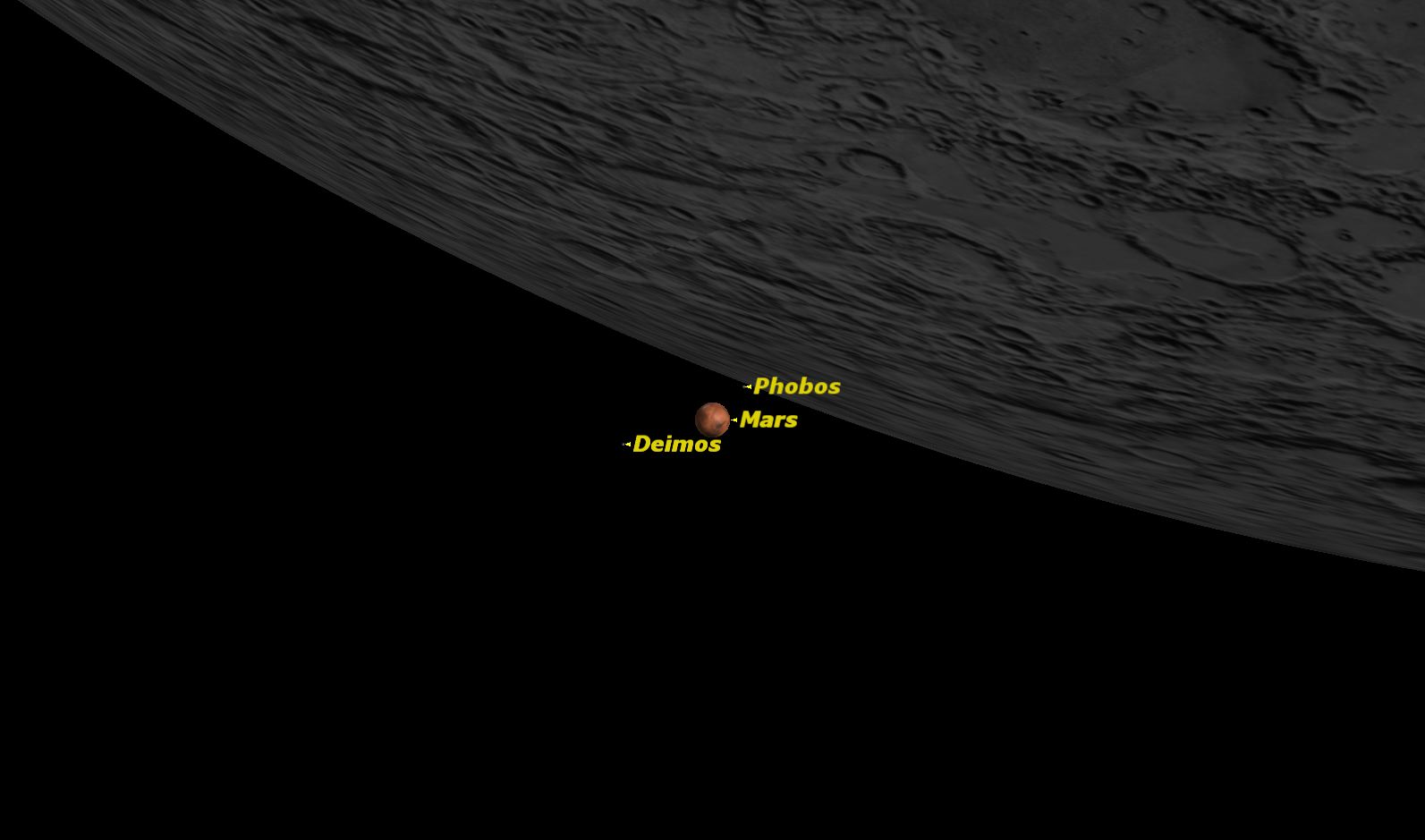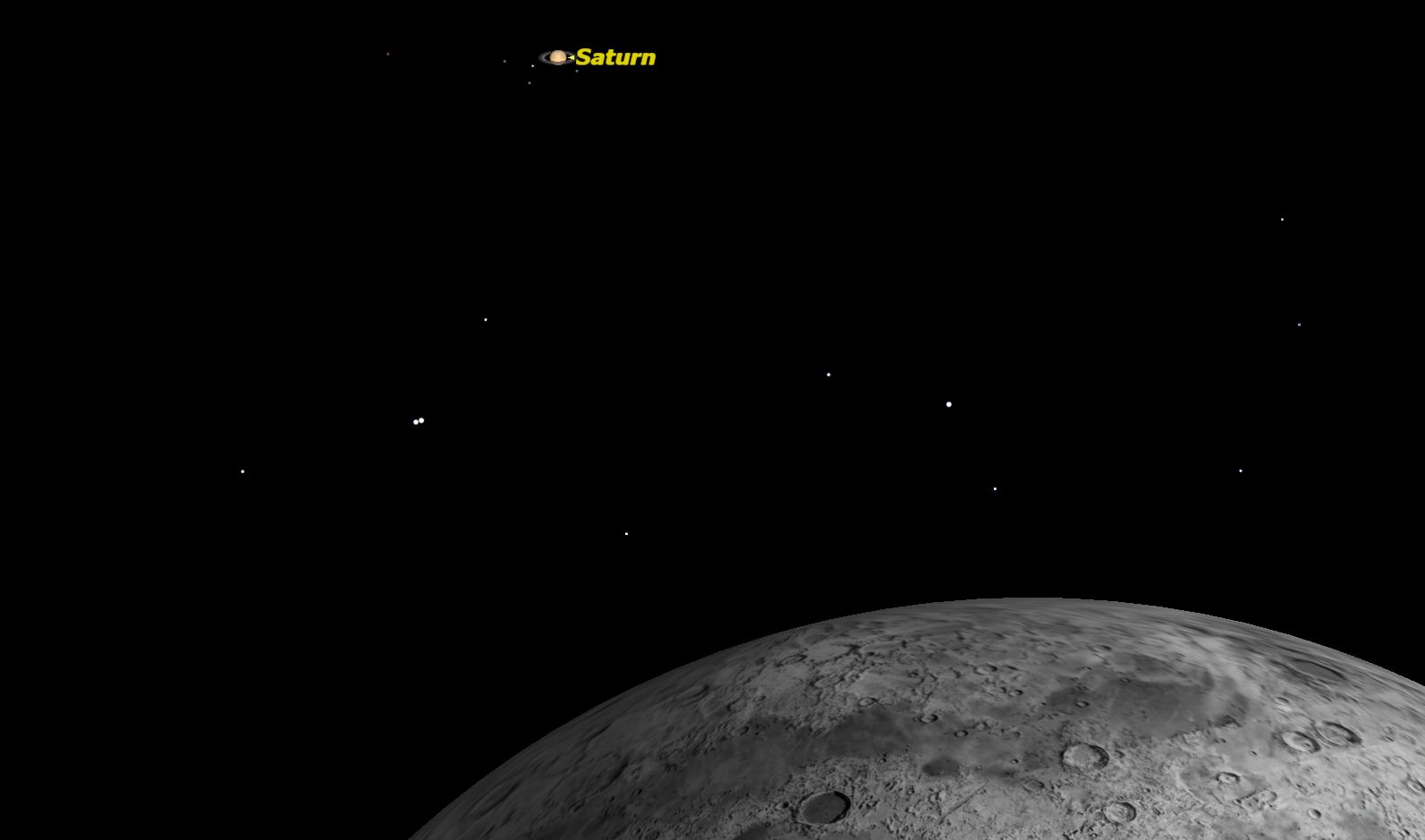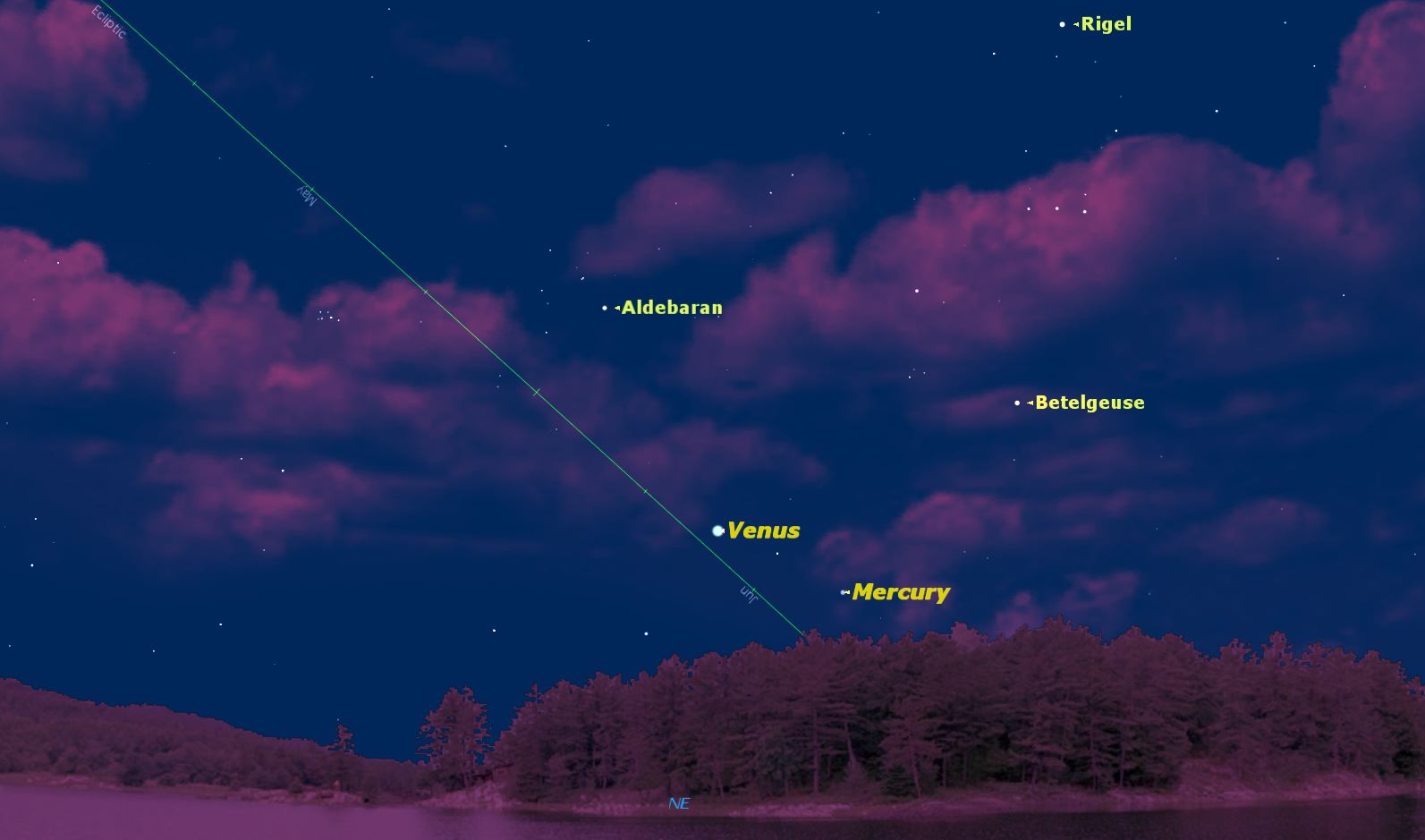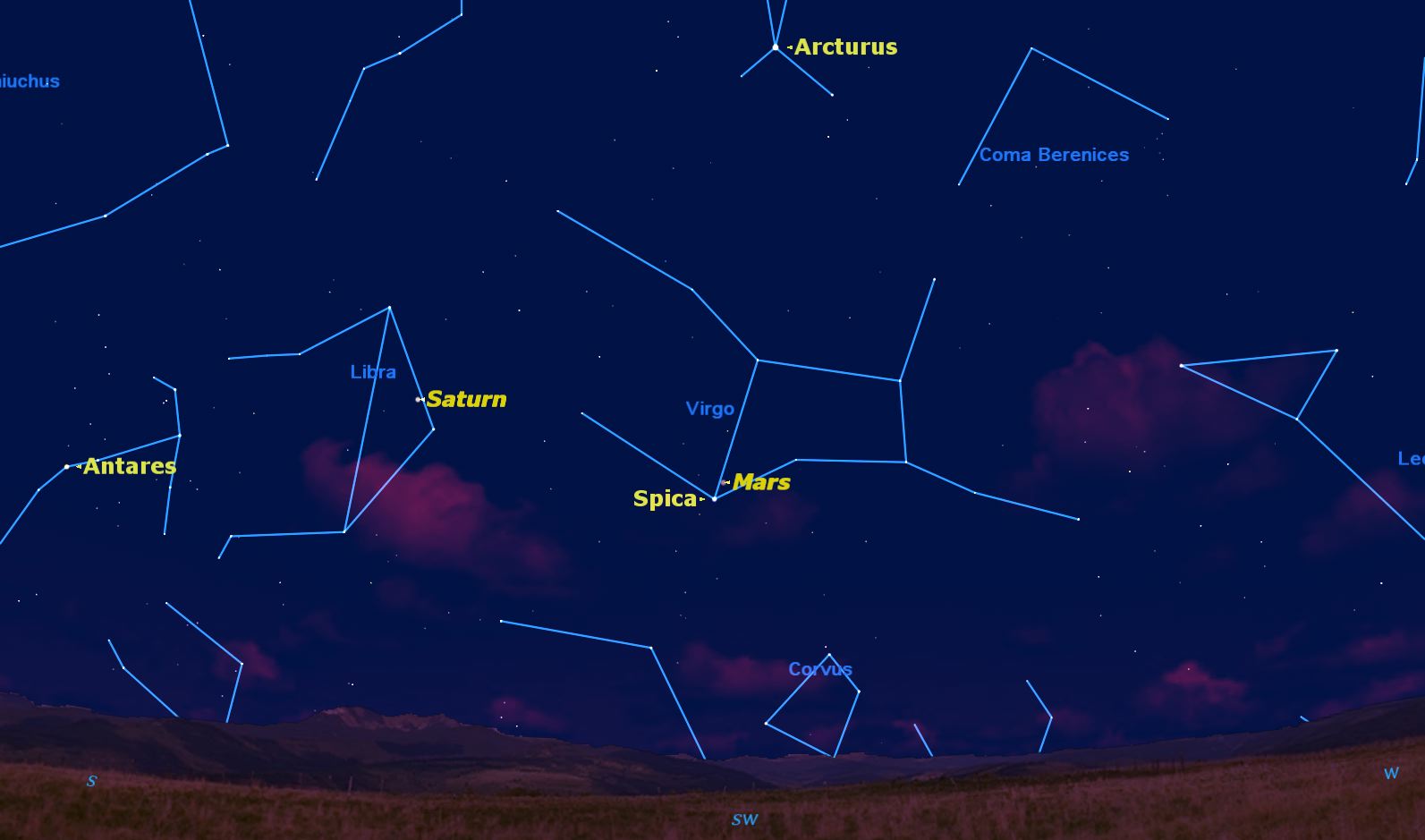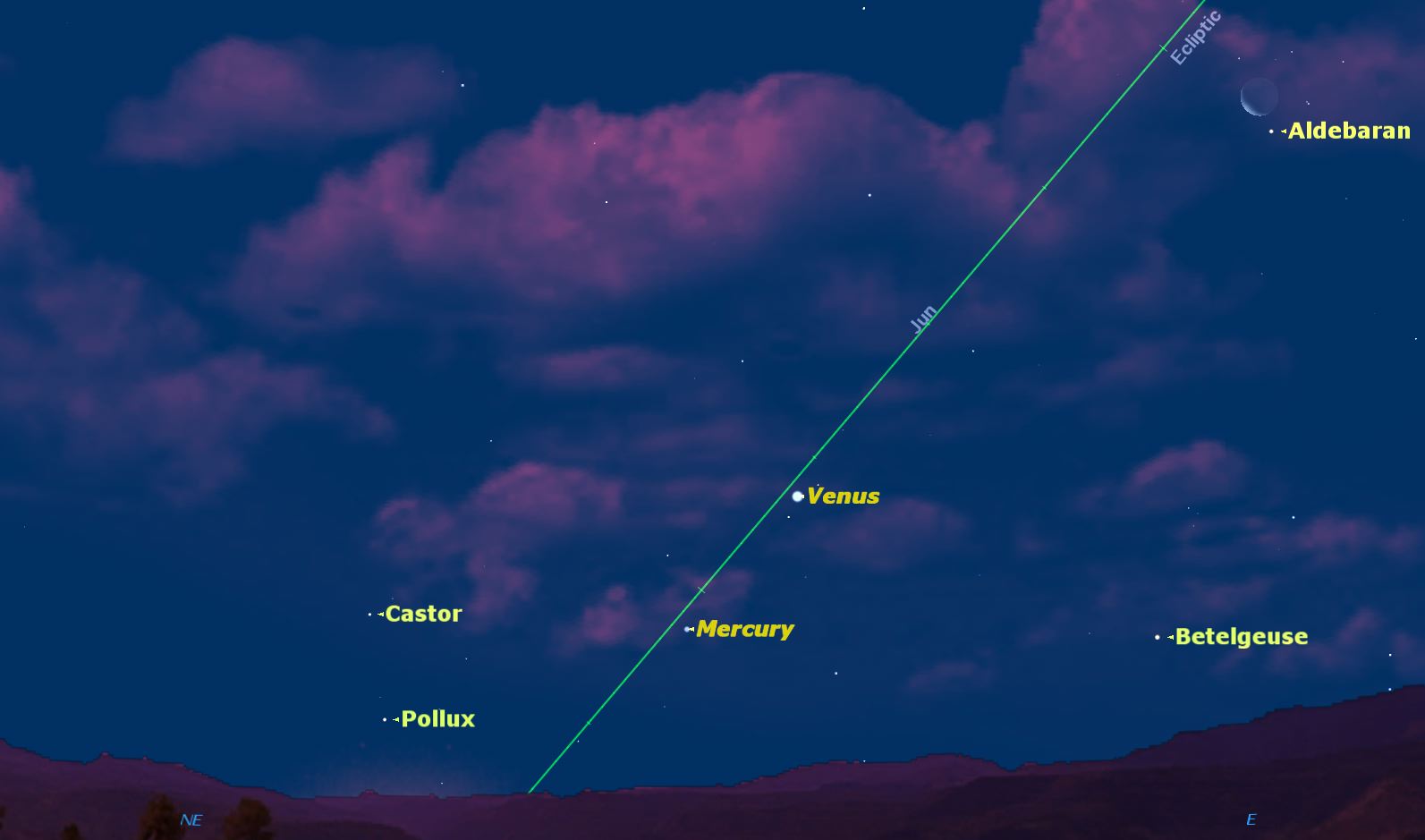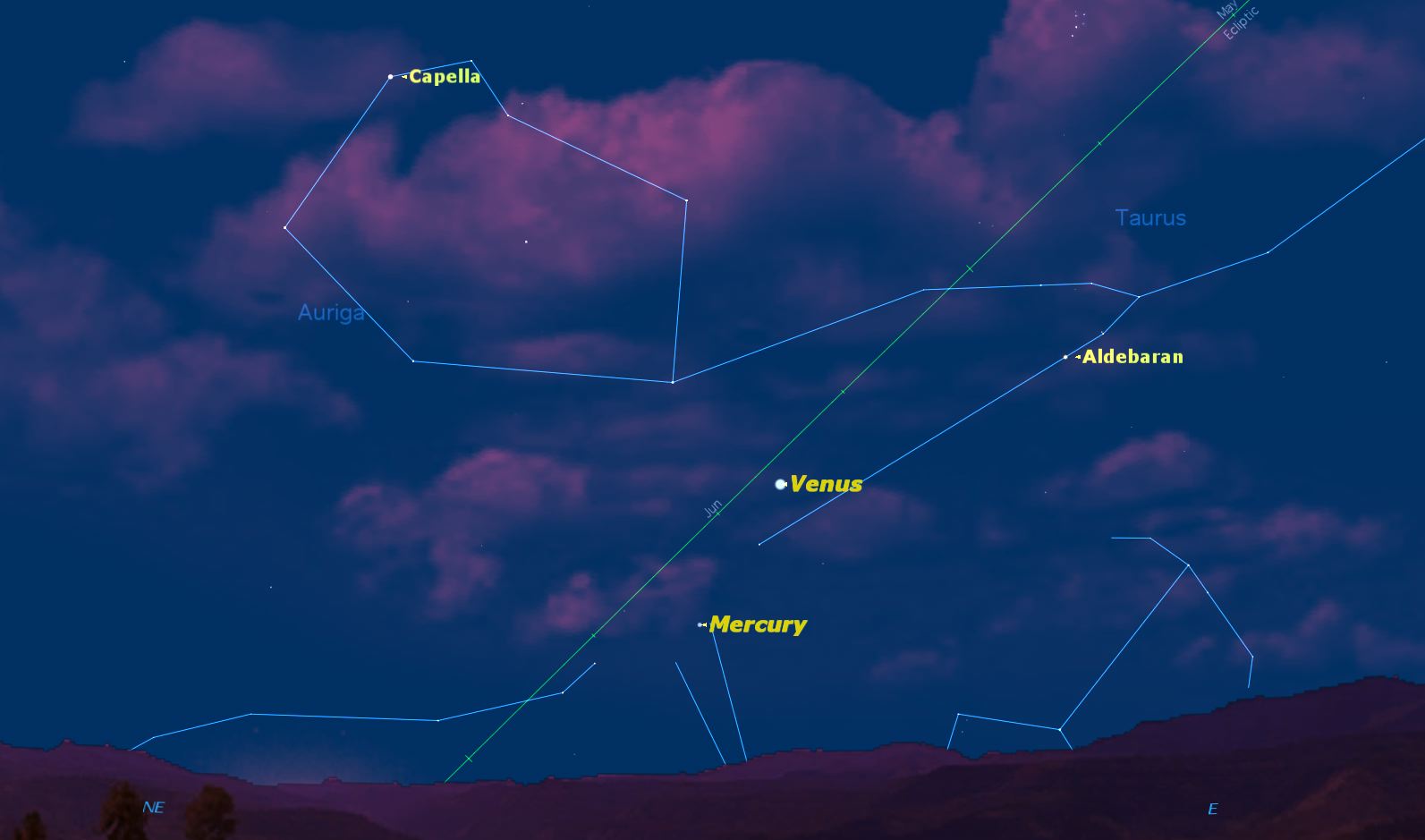 | |||||||||||||||||||||||||||||||||||||||||||||||
| For education orders please call 1-877-290-8256. Welcome to the July Fourth Week Featured Article! The Summer Milky Way Geoff Gaherty, Starry Night EducationOne of the greatest pleasures for summer sky gazers is viewing the splendor of our galaxy, the Milky Way. 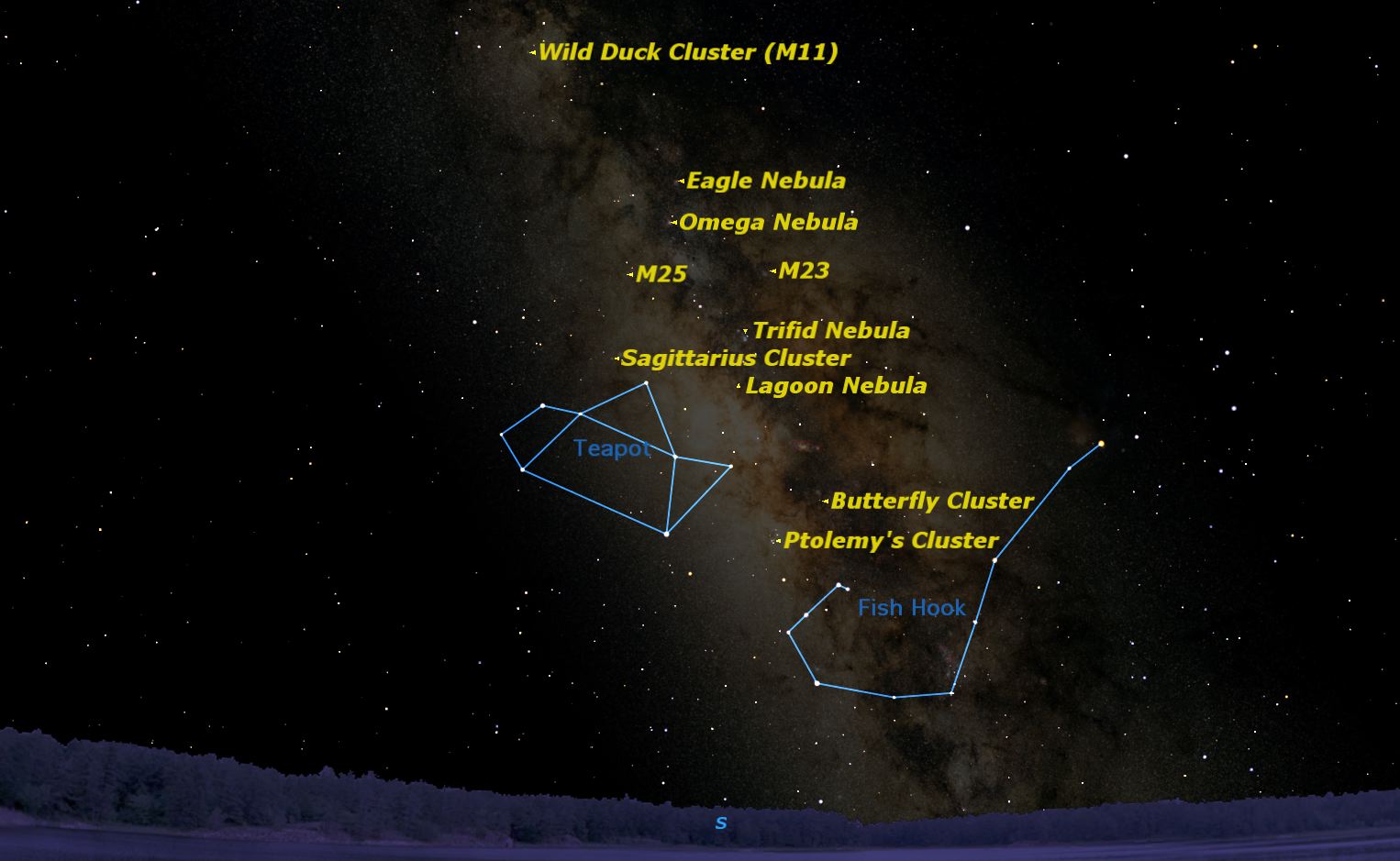 Look southward just after dark and view the rich centre of our galaxy, the Milky Way. Credit: Starry Night software. Despite the fact that we live in this vast island universe of billions of stars, most inhabitants of Earth have never seen the Milky Way. This was a commonplace sight throughout most of Man’s history on Earth, but has been lost to the last few generations because of our desire to light up the night with artificial illumination. The Milky Way is still there, but you need to make a special effort to see it. You need to find a location far from modern cities where, on a dark moonless night, the faint glow of our galaxy fills much of the night sky. Take 15 or 20 minutes to let your eyes become fully adapted to the dark, and then look south. TAt this time of year in the early evening, the core of the Milky Way galaxy looms just above the southern horizon. The actual core of our galaxy is blocked from our view by countless stars and clouds of gas and dust, but the overall glow shines through. Because we are immersed in the Milky Way, its stars are all around us. In fact every star we see with the naked eye is within the Milky Way. But because we live on the outer reaches of its disk, the overall glow of the Milky Way forms a broad band all across the sky. Looking south, the midline of our galaxy is canted over about 65 degrees to the left, rising from the southern horizon to a point about two-thirds of the way to the zenith in the east. The height of the eastern arch of the Milky Way is marked by the three bright stars of the "Summer Triangle": Vega, Deneb, and Altair. I particularly like to look at the Milky Way with low powered binoculars. I prefer the 7x50 or 10x50 sizes for portability and wide fields of view. I start at the "teapot" formed by the bright stars of Sagittarius, and slowly sweep upwards. Just above the "spout" of the teapot are a couple of puffs of steam, actually two of the brightest nebulae in the sky, the Lagoon and Trifid Nebulae. You’ve probably seen many colorful pictures of these, but our eyes can’t pick up the faint colors of the night sky, so they appear to us as faint white clouds. Further above the "spout" are two more nebulae, the Eagle and the Omega. This last is my favorite, looking in a telescope like the Greek letter omega or a swan serenely swimming through the night sky; its alternate name is the Swan Nebula. All four of these nebulae are huge clouds of hydrogen gas in which new stars are being born. After the stars form, these newborn stars form what we call open clusters or galactic clusters. Many of these new star clusters are found in this part of the sky, such as the Wild Duck Cluster in the tiny but rich constellation of Scutum. Just below the Eagle and Swan Nebulae is an unusual object, the Sagittarius Star Cloud. The famous 18th century hunter of nebulae, Charles Messier, was fooled into thinking this was a gigantic star cluster, and gave it the number 24 in his catalog. Recently we have discovered that, rather than being a real object, this is actually a hole in the nearby arm of the Milky Way, a window through we see the huge numbers of stars inhabiting the next spiral arm inward towards the centre of our galaxy, the Norma Arm. The Milky Way is an astronomical treat which can be enjoyed with the naked eye, with binoculars, or with telescopes of any size. It’s worth the trip out of town to see it. Coming Events Here is a rundown of events coming soon to a sky near you!Moon Phases Saturday, July 5, 7:59 a.m. EDT
Friday, July 18, 10:08 p.m. EDT
Saturday, July 26, 6:42 p.m. EDT
Friday, July 4, 4 a.m. EDT
Saturday, July 5, 9 p.m. EDT
Monday, July 7, 10 p.m. EDT
Saturday, July 12, dawn
Saturday, July 12, dusk
Tuesday, July 22, dawn
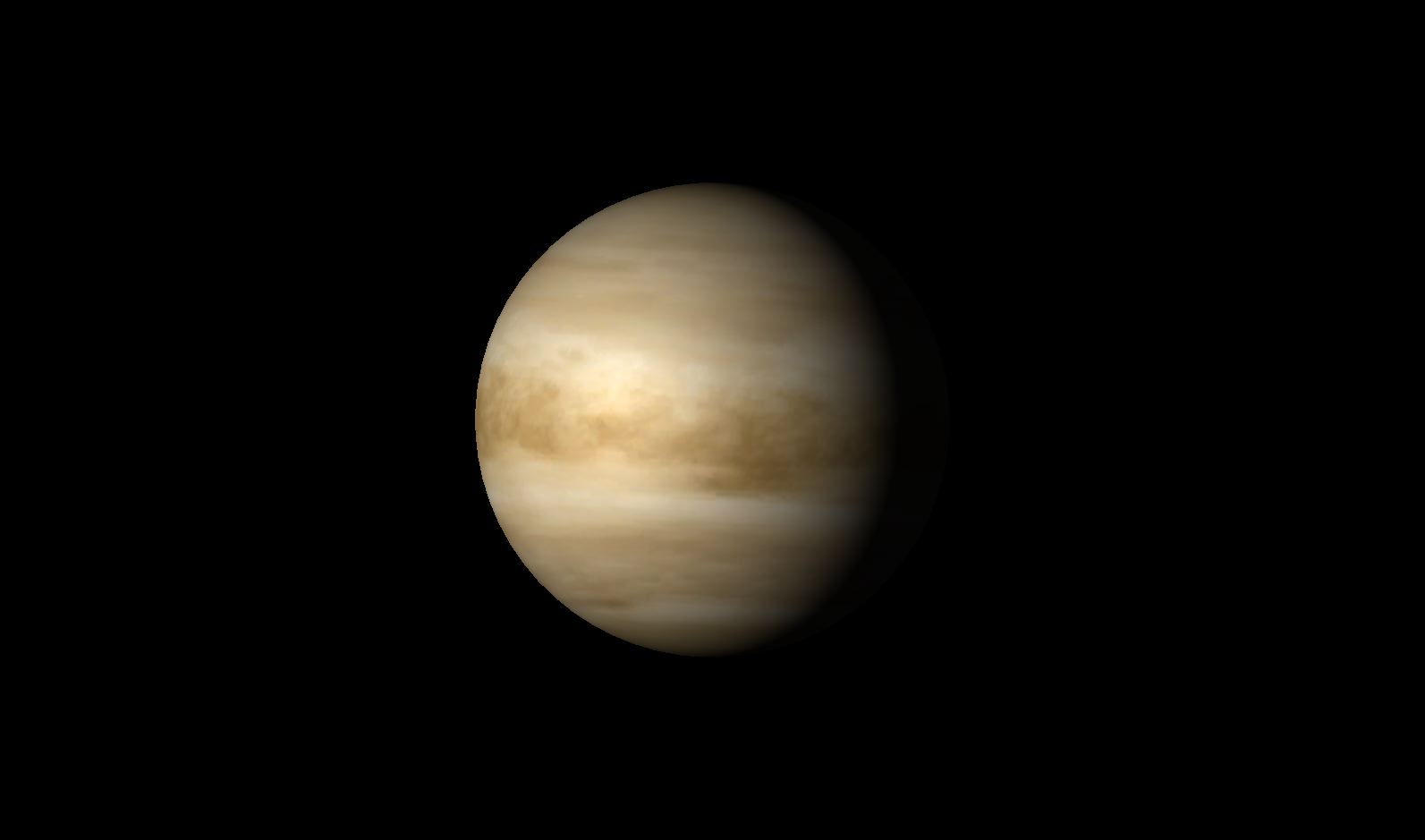 Mars is now fading rapidly in brightness as it moves towards the far side of the Sun.
Mars is now fading rapidly in brightness as it moves towards the far side of the Sun.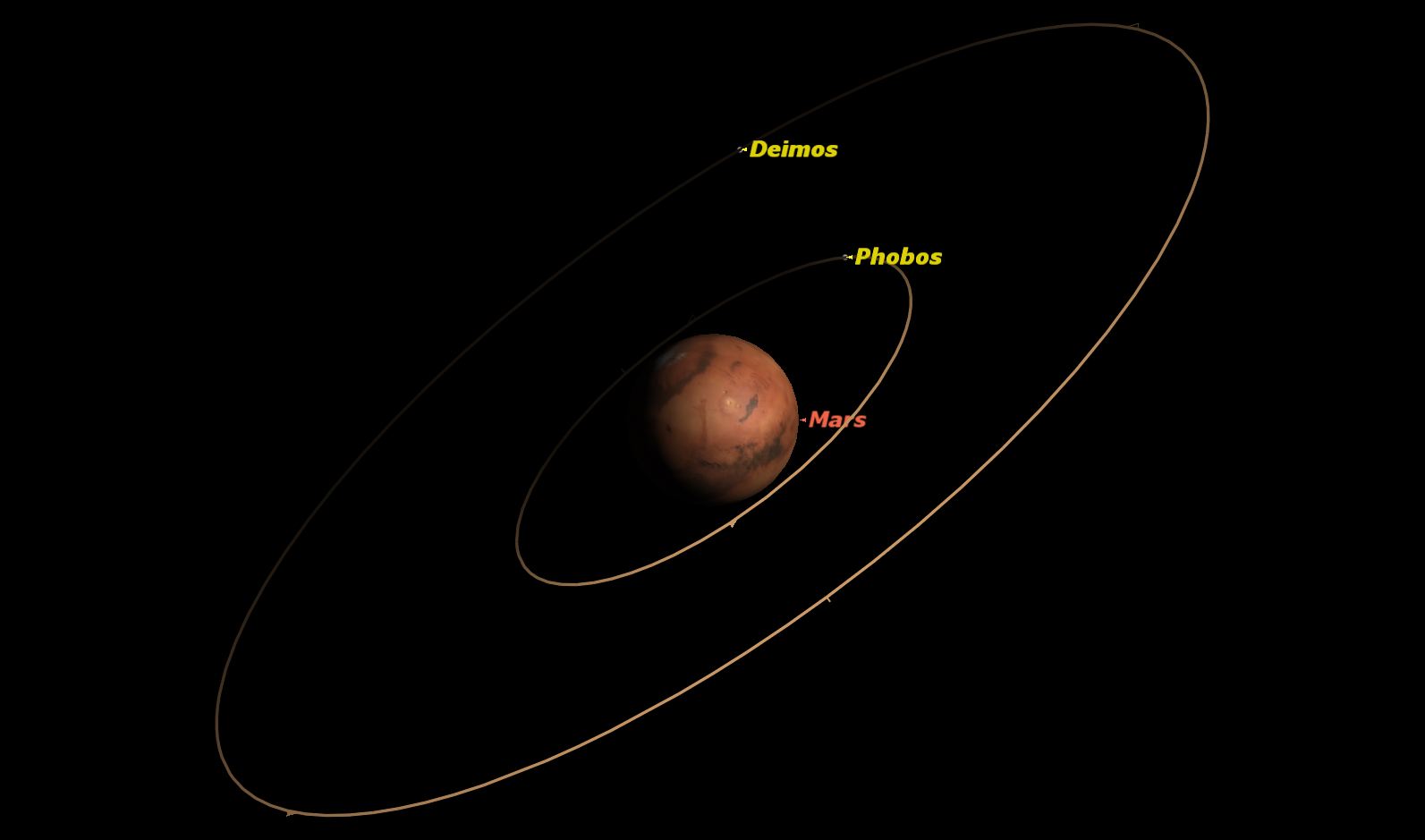 Jupiter is too close to the Sun to be observed, being in conjunction on July 24.
Saturn, in Libra, is well placed in the evening sky.
Jupiter is too close to the Sun to be observed, being in conjunction on July 24.
Saturn, in Libra, is well placed in the evening sky.
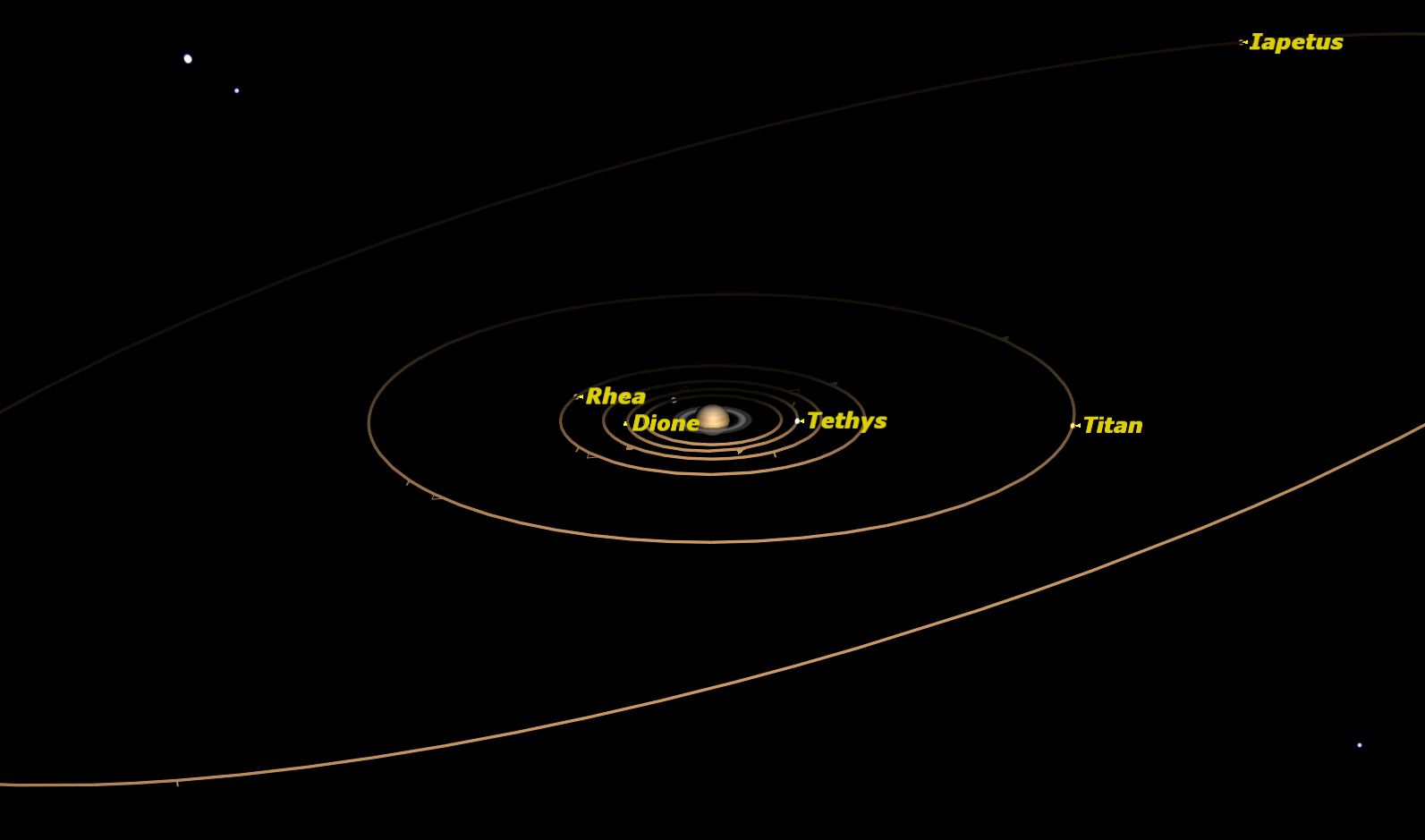 Uranus is located in the constellation Pisces, rising near midnight.
Uranus is located in the constellation Pisces, rising near midnight.
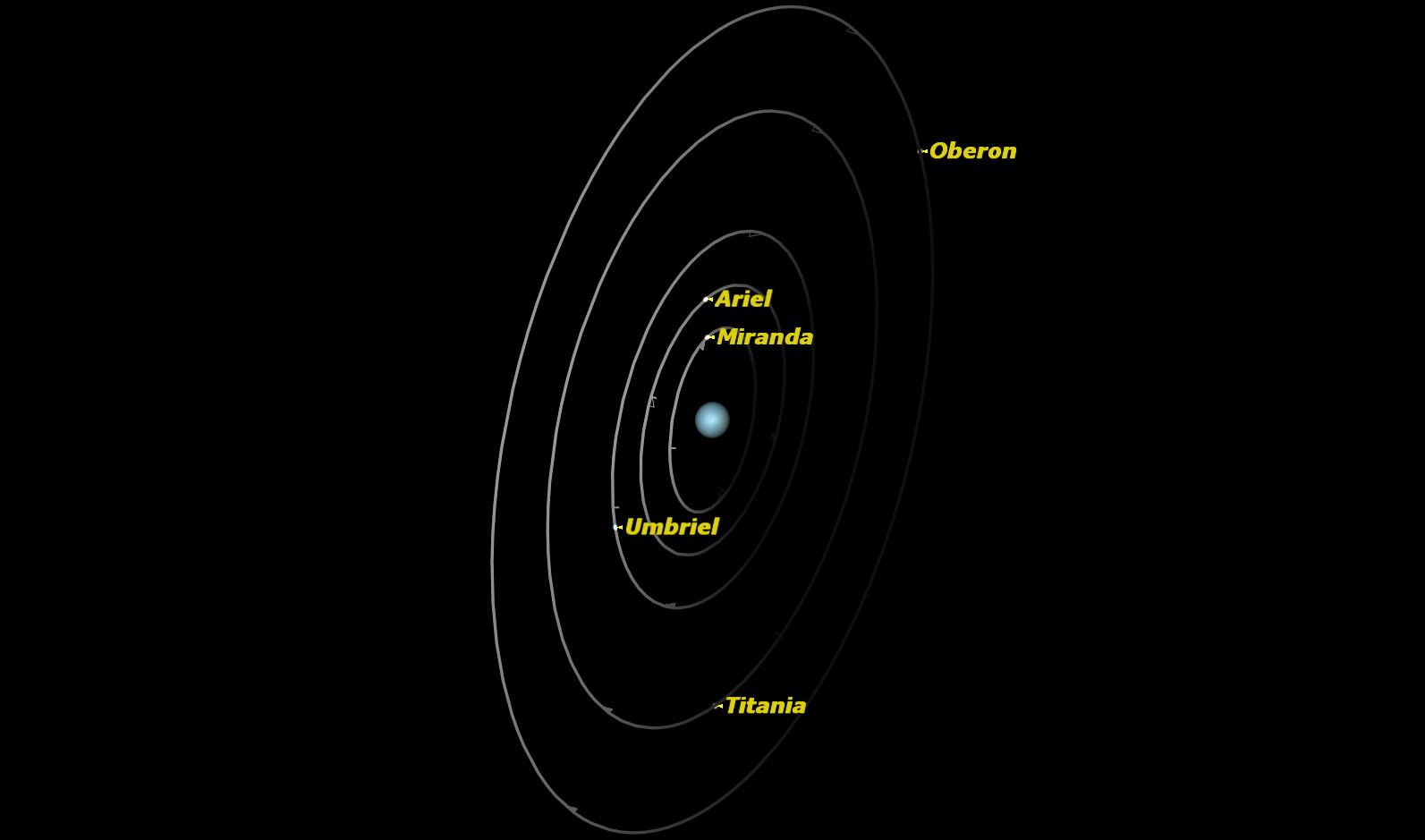 Neptune is in Aquarius all month, rising in the late evening.
Neptune is in Aquarius all month, rising in the late evening.
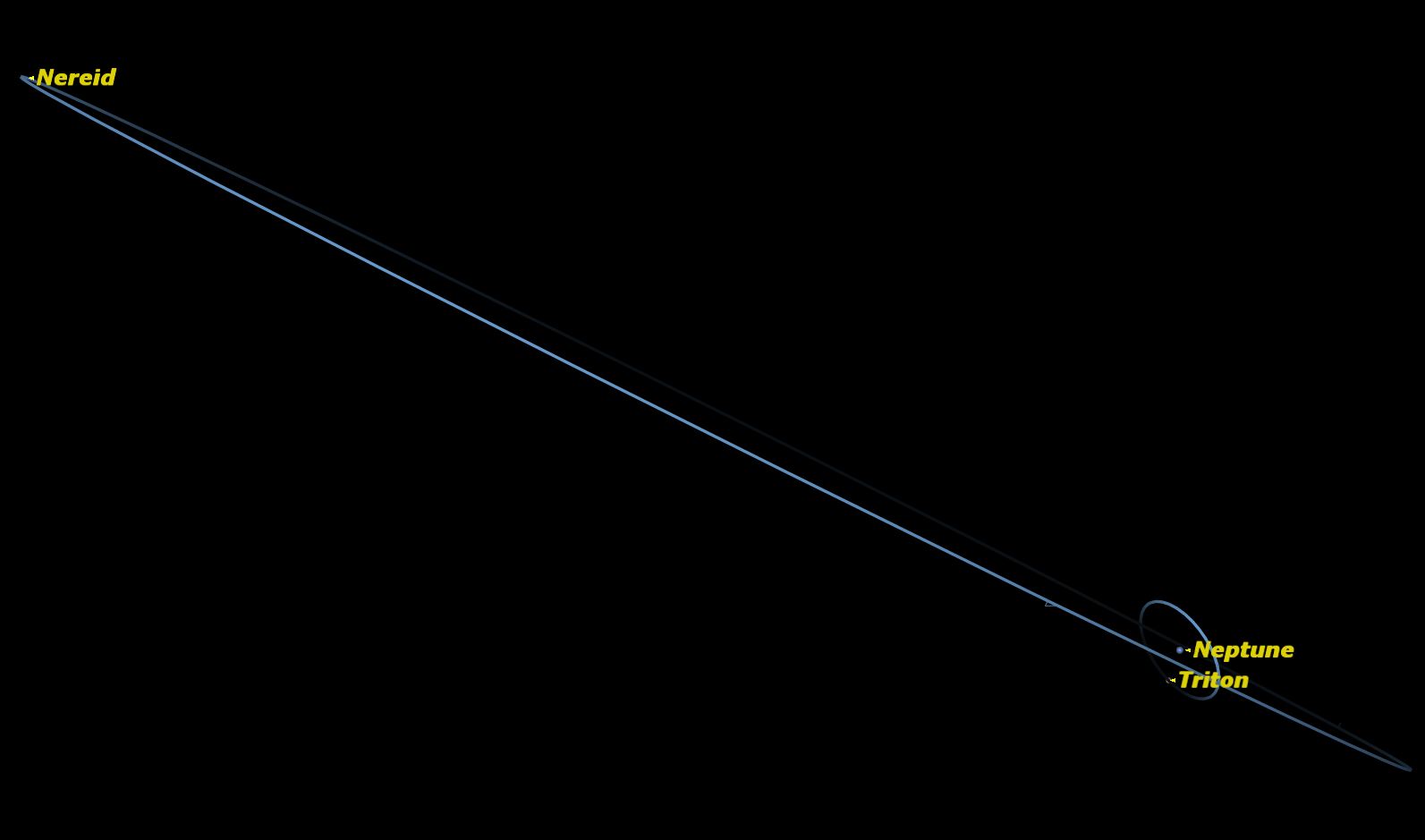
|
| ||||||||||||||||||||||||||||||||||||||||||||||
© 2016 Simulation Curriculum Corp. All Rights Reserved. |
|||||||||||||||||||||||||||||||||||||||||||||||
